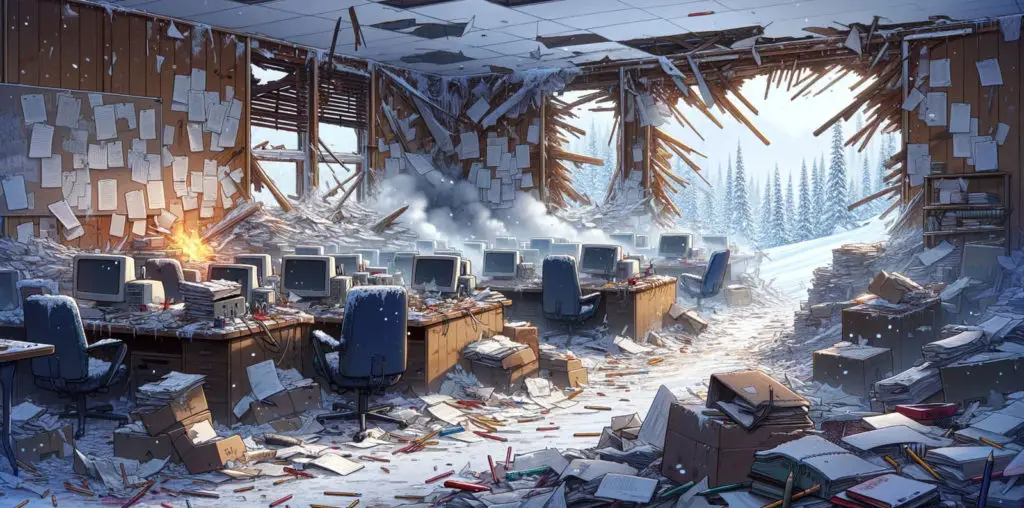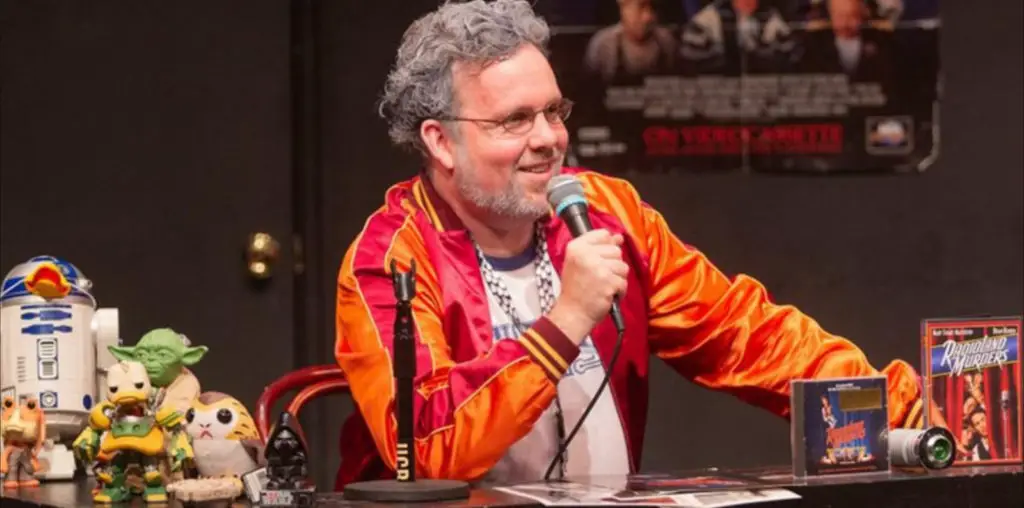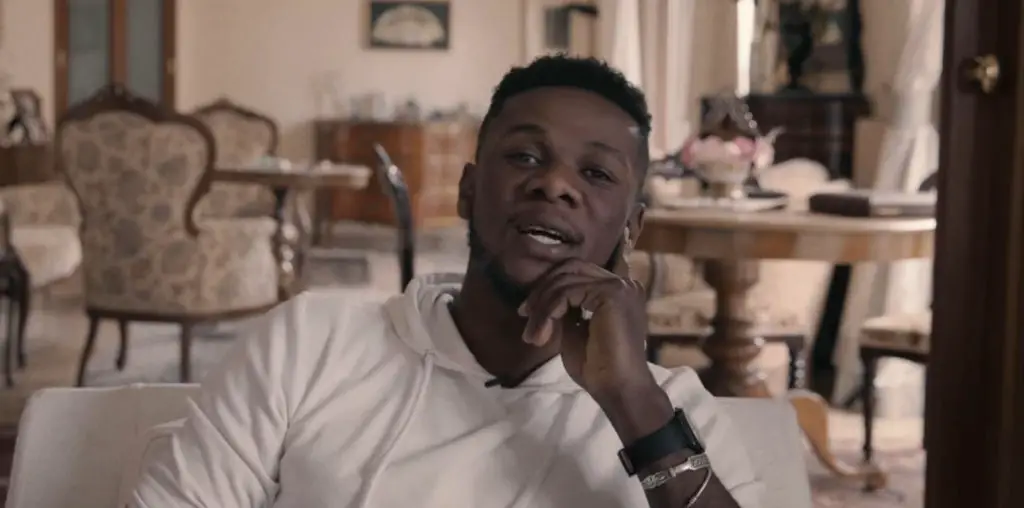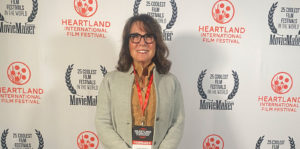
Louise Woehrle: I went into the project knowing some of the more obvious themes because they were so intrinsic to the story, like shedding light on the Truth of America’s Slave history. Jimmie had been in search of his family’s genealogy and ancestry for a long time when we met. I asked him why it was so important to him. As Jimmie says: “Knowing the truth of our history gives us a better understanding of ourselves.” The “active discussion” you mention with both Jimmie and De came out of my interviews with them. The additional themes that emerged started with wanting our film to set the table for meaningful conversation about Race, and from what I have already witnessed, that conversation can lead to opening our hearts to learn from each other and subsequently breaking down barriers that separate us. Friendship is clearly a theme between Jimmie and De, as well as transformation and healing. Trust is another theme. Once people start to trust each other, dialogue can become more honest and vulnerable. Justice is certainly another theme. Ultimately, connecting our past with our current racial divide is key. This is not just a Southern story. It’s America’s story.
De deals with the shock of learning his ancestors owned enslaved people by doing a deep dive into research and subsequently writing a book titled Marse. Jimmie has been researching his genealogy for over twenty years to find out, “Who are my people? How did they live? Where did they live?” As time went on, other themes emerged, like exploring the Truth of our history with regard to Slavery and the effect that it has had on our society. I needed to show that history through the truth of Jimmie and De’s relationship and their personal stories.
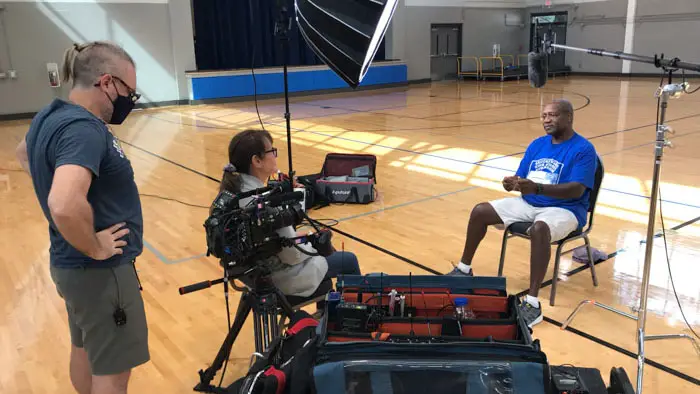
“Once people start to trust each other, dialogue can become more honest and vulnerable.”
I’m also interested in the archival footage and photos. Am I wrong, but was this easy to find? What was the discussion like in terms of how it shaped the visual tone of the documentary?
Louise Woehrle: Some of our archival photos were easy to find, but there were others that were tough to locate, like candid shots of Jimmie and his community from the 1950s and 60s. Archival photos have always been important in my storytelling. They give context, which is important when your subjects are talking about what happened in the past. I was on the search early on in the project for images, and I love all forms of imagery, including augmented reality, VFX, and additional elements that may include handwritten letters, records, maps, news articles – anything that brings the story to life and serves the story to move us forward. It was sometimes challenging to find all the images I was hoping to find. In Charlotte, I had a great research team and consultants on the search for many of the archival images and old Kirkpatrick documents. Jimmie and De provided their personal family photos, documents, and the Kirkpatrick Black and White family tree they have worked on for several years.
I’m looking at the films you have produced and directed over the course of your career. They don’t necessarily feel related to one another, but what are the documentaries that you like to produce, and what was it about A Binding Truth that made you want to tell Jimmie and De’s story?
Louise Woehrle: Jimmie and De’s story captivated me from the start because I had never heard a story like theirs before. I thought it was powerful, and they were interesting men. I felt that these unlikely friends showed us a way forward simply because they chose to want to engage with each other. Early in their relationship, Jimmie said, “If we can put aside our guilt and anger, maybe we can learn something from each other.”
